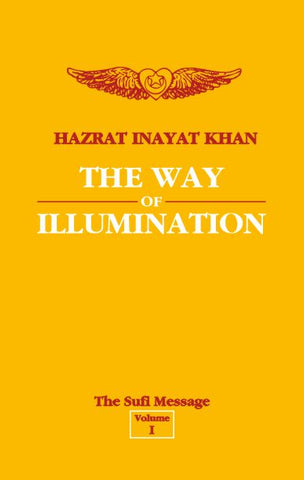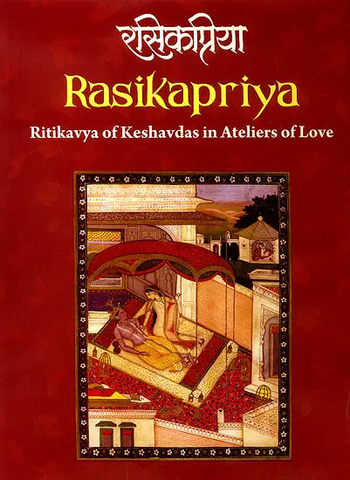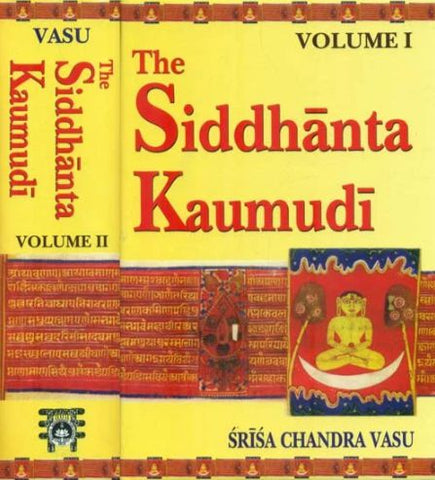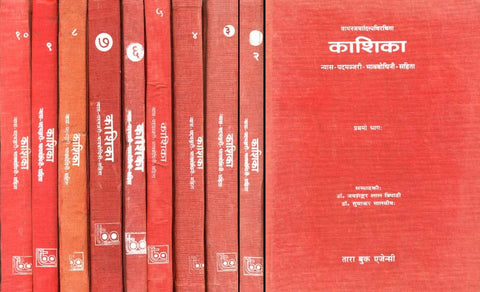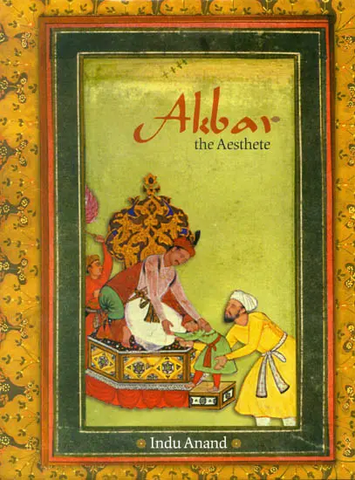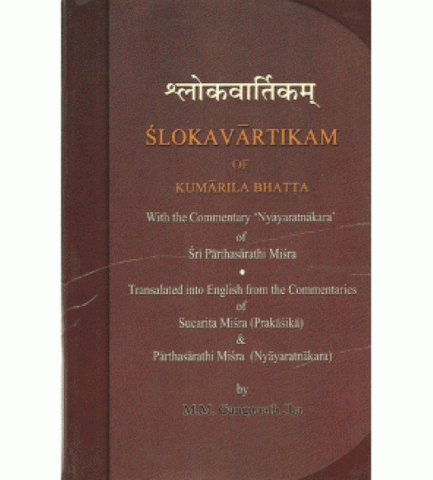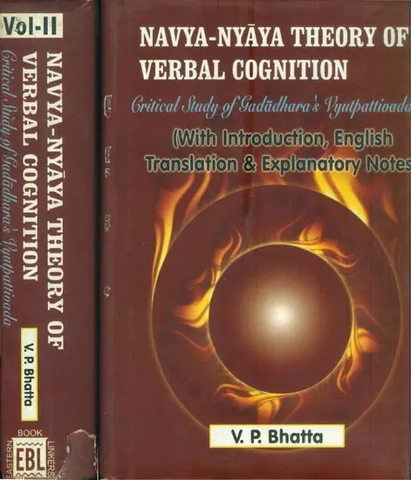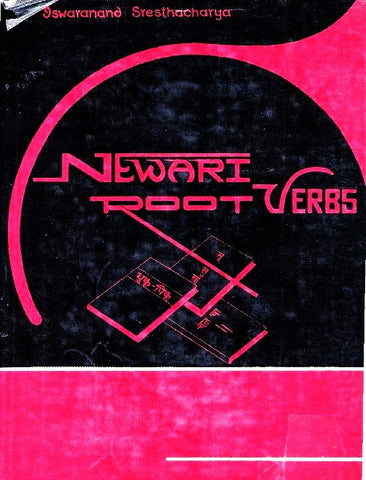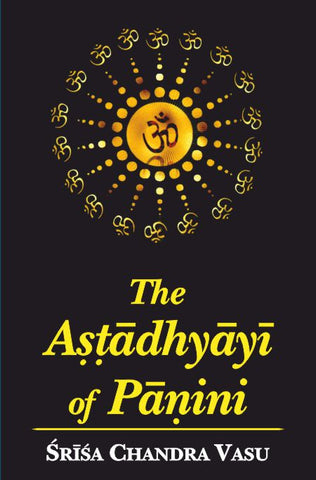Your cart is empty now.
A Sanskrit Primer provides a useful outline for a rapid review of Sanskrit grammar and language. It combines in a brief and careful manner Buhler's exercises with explanations of Whitney. The whole subject is covered in forty-five lessons systematically arranged. Vocabulary is prefixed to each exercise. Sanskrit glossaries are appended to facilitate easy understanding.
The book is intended for earnest and eager students, and also for those who are keen to learn the Sanskrit language.
The Primer, originally published in 1885 by Ginn and Company, Boston, is based upon an excellent little work by Professor Georg Buhler of Vienna: Leitfaden fur den Elementarcursus des Sanskrit, Wien, 1883. I became acquainted with this book while in Germany, and after using it with a class at Columbia College was convinced of its great practical value. On the other hand, it seemed likely to be less useful to classes in America as keeping throughout to the native system of grammar, whereas the admirable Sanskrit Grammar of William Dwight Whitney presented the language in a much more logical and scientific form. It seemed therefore advisable to attempt a combination of Buhler’s practical g exercises and Whitney’s presentation of the actual structure of the language. To this end the book was entirely rewritten for the use of English-speaking students, nothing being retained that did not seem likely to meet the real needs of those for whom it was designed. Occasionally, however, as the hook would probably be used by persons who would not have the guidance of a competent teacher, explanations were added which normally would be given by the instructor. In many cases, not only the substance but also the actual wording of Whitney’s rules were incorporated into the text of the Primer - of course with his consent.
The experiment tried with many misgivings in 1885 may be said to have proved successful since the book has been in steady, though naturally in limited, demand for fifty years. Two years ago Messrs. Ginn and Company found it no longer practicable for them to continue its publication, and the Columbia University Press agreed to take it over.
In the original preface my deep obligations to Professors Buhler, Whitney and Lanman, and to the first of my former pupils in Sanskrit, Professor A. V. Williams Jackson, likewise to the printers in Berlin, Gebruder Unger (Theodor Grimm), were expressed. Since then Professors H. F. Burton of the University of Rochester, Louis H. Gray of Columbia University, and A. W. Ryder of the University of California, with Dr. Charles J. Ogden of Columbia University, have given me similar and most welcome assistance. My further thanks are due, and most gladly expressed, to the two publishing houses mentioned above, who negotiated the transfer of rights with the greatest courtesy and skill.
The book has been carefully revised to remove all still remaining errors.
in systematic grammatical arrangement
Introductory suggestions, p.xi.
I. Alphabet and Sounds.
- Characters, 1-20.- Classification of Sounds, and Pronounciation, 21-47.- Light and Heavy Syllables, 48.- Accent, 56.
II. Changes of Sounds. Guna and Vrddhi.
49-54.
III. Rules of Euphonic Combination.
- Rules of Vowel Combination, 105, 106, 156-161, 164.- General Laws concerning Finals, 239-242.- Deaspiration, 242.- Transferral of Aspiration, 244, 249, 428.- Surd and Sonant Assimilation, 147, 148, 266, 267.- Combination of Final s and r, 95,117 - 123, 129.- Conversation of s to s, p.27 (note**), 191, 192, 342, 352.- Conversion of n to n, p.32 (note**), 166.- Conversion of Dental Mutes to Linguals and Palatals, 149, 150, p.99 (note), 342.- Combination of n, p.29 (note), 138-140, 184 - Change of ch to cch, p.27 (note**),165.- Combinations of m,p.29 (note).- Final n [and n] 184.- Final k,t,p, 266.- Final t, 148-151.
IV. Declension.
- Gender, Number, Case, 83-89.- Case-endings, 90, 91.- Pada-endings, 91, 241.
V. Substantives and Adjectives
- Stems in a, m, n., 103, 111.- Stems in i, m., 113, 115; n., 114, 115.- Stems in u, m., 128; n., 136, 137.- Stems in i and u, f., 185-187.- Stems in a, i, u: (a) Root-words. In a, 212, 213; in r, 189, 212, 214; in u, 197, 212, 214. (b) Derivative Stems, f. In a, 162; in i, 183; in u, 198.- Stems in r, 201-205, 208.- Stems in Diphthongs: go, 209; ndu, 211; rai, 277.
- General, 237-242.- (a) Root-stems, 243, 244, 246-250.- (b) Derivative Stems. In as, is, us, 252-254. In an (an, man, van), 265.- In in (in, min, vin), 251.- In ant (ant, mant, vant) 256-264.- Perfect Participles in vains, 268.- Comparatives in yas, 255.
-
- Irregular Nouns: 269-284.
- Comparison, 337-345.
- Formation of Ferminine-stems, 187, 251, 255, 262 - 264, 268.
VI. Numerals.
- 328-336.
VII. Pronouns.
- 223-236, 285-288, 413.
Conjugation
- Voice, Tense, Mode, Number, Person, 57-65.- Verbal Adjectives and Nouns, 66-68. Secondary Conjugation, 69-70.- Mode and Tense-stems, 71.
Present-System.
- Conjugation Classes, 72-80.
General, 383-387.
- I. Root-class (Hindu second or ad-class), 404-412, 414-429.
- II. Reduplicating Class (H. third or hu-class), 430-440.
- III. Nasal Class (H. seventh or rudh-class), 441-446.
- IV. Nu and u-Classes (H. fifth and eighth, or su and tan-classes), 388-395.
- V. Na-Class (H.ninth or Kri-class), 399-403.
- VI. a-Class (H. first or bhu-class), 92-94, 97-102, 134, 135, 152-154, 178-182, 188, 193-196, 199, 200, 206, 207, 210, 222, 260.
- VII. Accented d-Class (Hindu sixth or tud-class), 107-110, 152-154 etc (as for a-class).
- VIII. ya-Class (H. fourth or div-class), 124-127, 131-134, 152-155 etc. (as for a-class).
- IX. Accented ya-Class or Passive Conjugation, 168-176, 188, 199, 200, 210, 222.
- [Causative and Denominative Conjugation (partly = H.tenth or cur-class), 141-146, 152-154 etc. (as for a-class); also 215-221.]
perfect-System.
447-471, 474.
- Periphrastic Perfect, 472, 473.
XI. Aorist-System.
- General, 486.- Simple Aorist: Root-aorist, 487; a-aorist, 488.- Reduplicated Aorist, 489, 490.- Sibilant Aorist: s-aorist, 491; is-aorist, 492; sis-aorist, 493; sa-aorist, 494.- Aorist Passive, 495, 496.
XII. Future-System.
- General, 475.- Simple Future, 476-481.- Conditional, 482. - Periphrastic Future, 483- 485.
XIII. Verbal, Adjectives and Substantives: Participles, Infinitive, Gerund.
- Passive participle in ta or na, 289-301.- Past Active Participle in tavant or navant, 302, 303.- Gerunds: Absolutives, 304-313.- Infinitive, 314-322.- Future Passive Participles: Gerundives, 323 - 327.
Derivative or Secondary Conjugations.
- General, 497.- Passive, 498.- Causative, 507, 508.- Intensive, 499-502.- Desiderative, 503-506.- Denominative, 509, 510.
XV. Periphrastic Conjugation.
- Perfect, 472, 473.- Future, 483-485.
XVI. Verbal preflxes: Adverbs and Prepositions.
- 81, 82, 167, 190, 395-397.
XVII. Formation of Compound Stems.
- Classification, 346-353.- Copulative Compounds, 354-357.- Determinative Compounds, 358; Dependent, 359-361; Descriptive, 362-365.- Secondary Adjective Compounds, 366-370; Possessive, 371-377; with Governed Final Member, 378. - Adjective Compounds as Nouns and Adverbs, 350, 379-381. [Dvandva-compounds, p.136(note); Tatpurusa-compounds, p.137 (note**); Karmadharaya-compounds, p.137 (note**); Dvigu-compounds, 380; Bahuvrihi-compounds, p.142(note); Avyayibhava-compounds, 381.]
XVIII. Syntactical Rules.
- Position of Modifiers, p.35 (note).- Repetition of Words, p.67 (note**).- Agreement of Adjectives, 245.- Force of Cases, 104, 112. - Prepositions with cases, 82,130.- kim with Instrumental (and Genitive), p.89(note).- Construction with Comparatives, 345.- Numerals, 333.- Pronouns, 225, 234-236.- iti, p. 47(note). - Force of Tenses: Present, 96; Imperfect, 182; Perfect, 474; Aorist, 486;. - Force of Modes: Imperative, 194-196; Optative, 207. - Causative, 221.- Passive, 177.- Past Passive Participle, 290.- Past Active Participle, 303.- Gerund, 311-313.- Infinitive, 320-322.- Future Passive Participle, 327.
Appendix
- Hindu Names of Letters.- Modern Hindu Accentuation of Sanskrit.
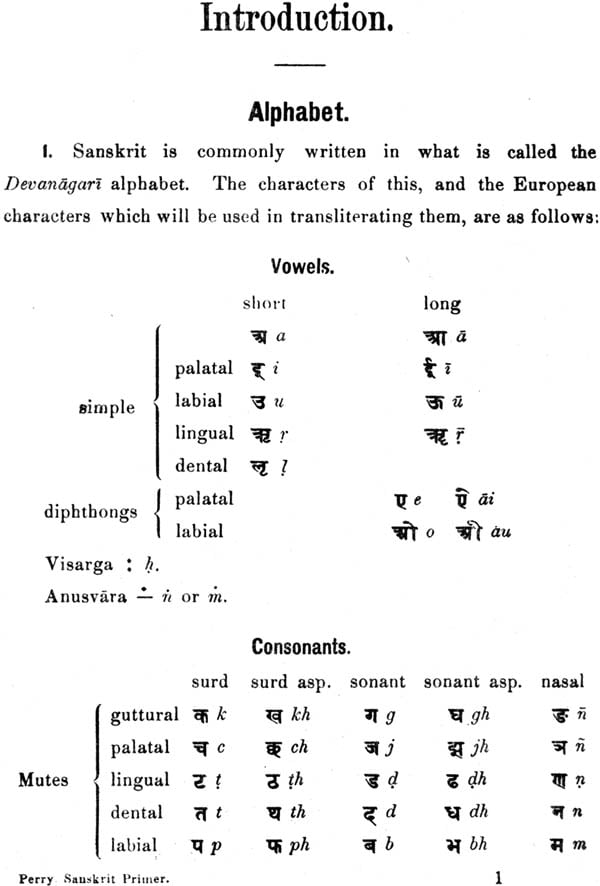

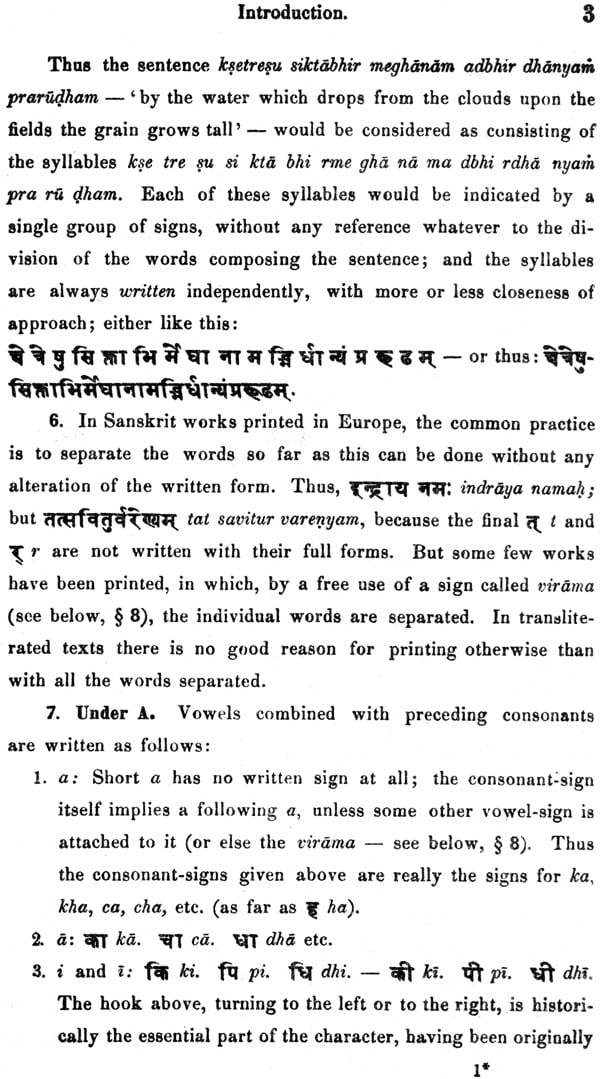

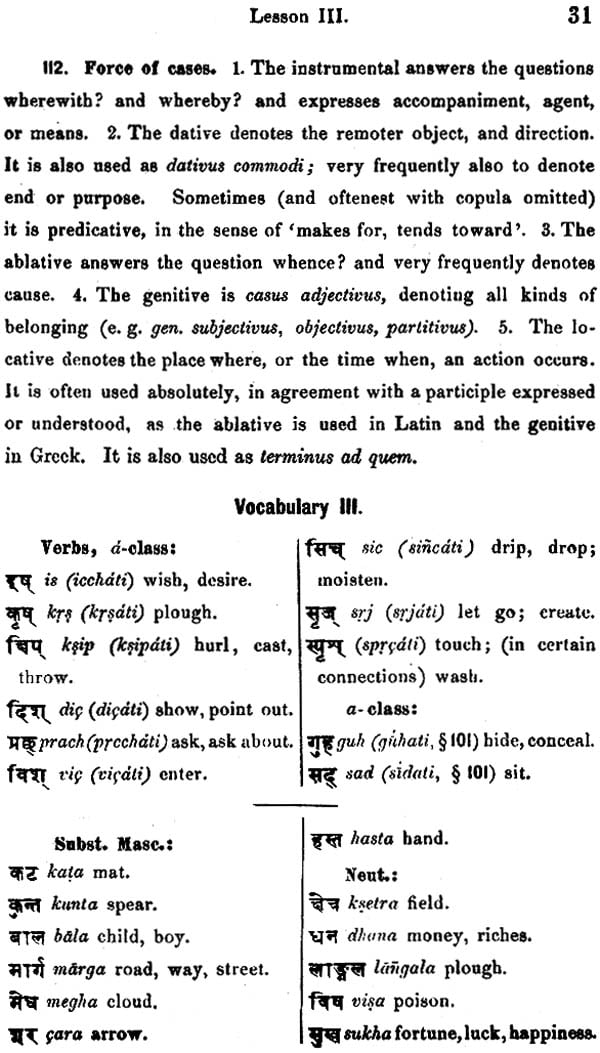

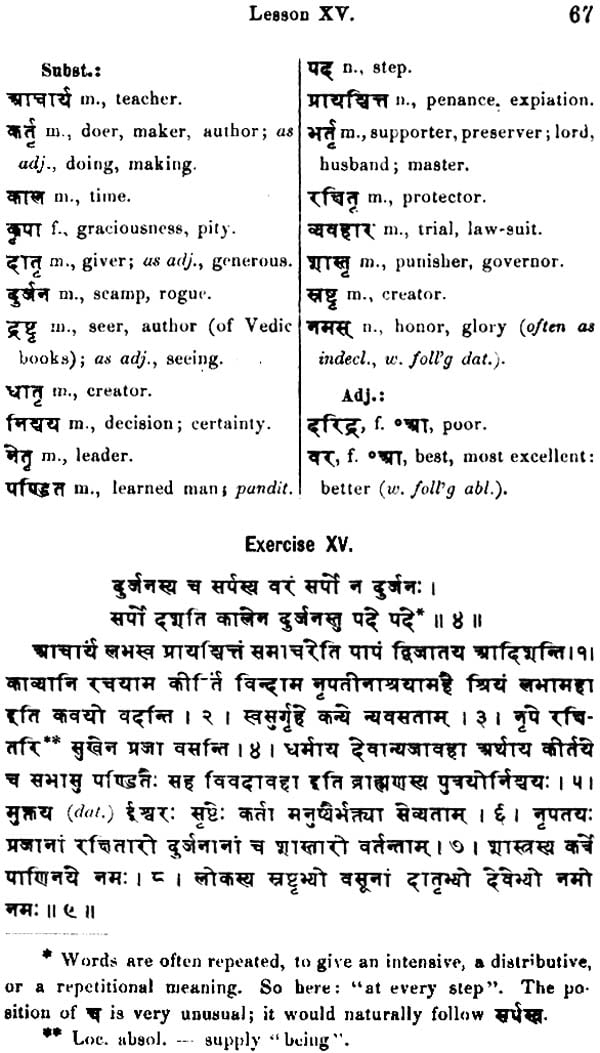
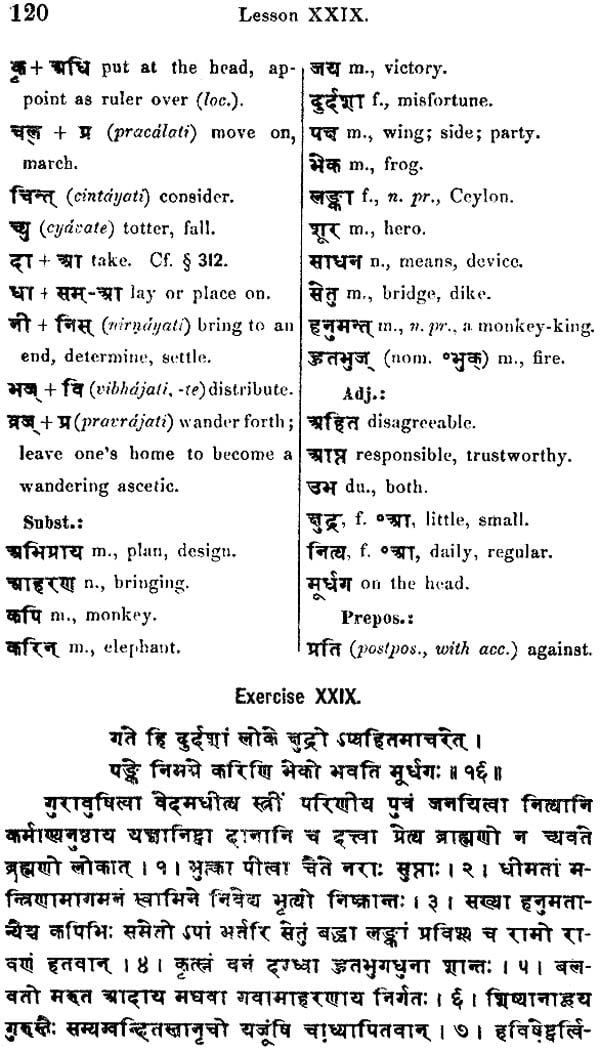



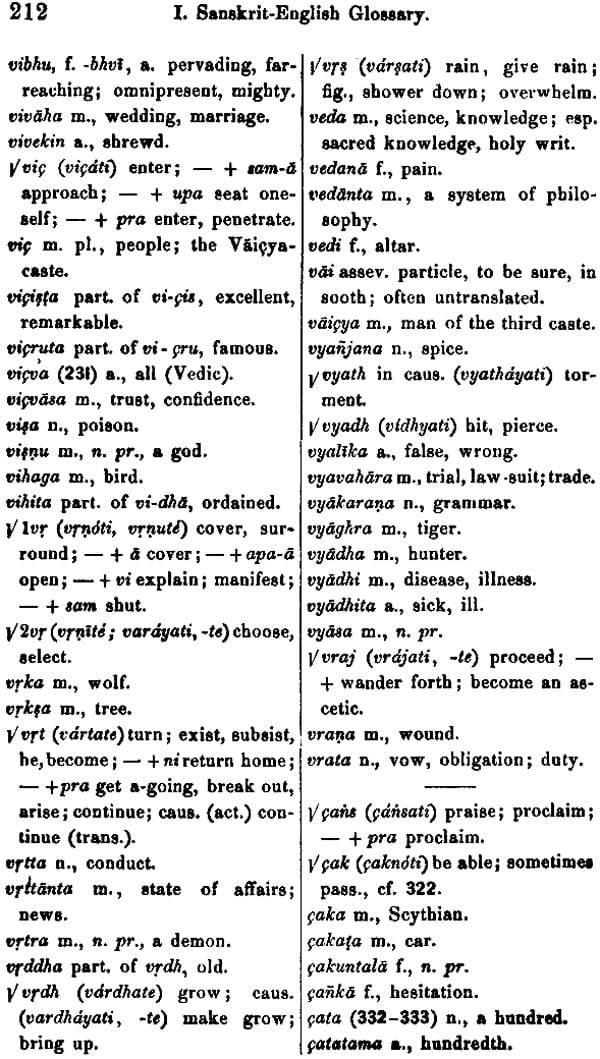
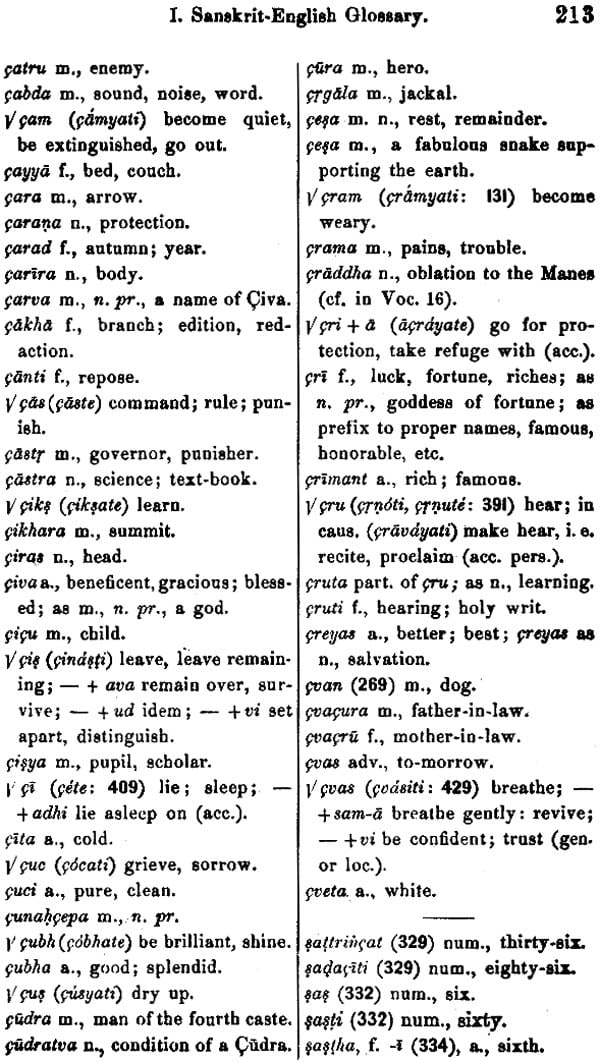
Delivery and Shipping Policy
- INTERNATIONAL SHIPPING
- Rs.1000-1100/kg
- ESTD. Delivery Time: 2-3 weeks (depending on location)
- Bubble Wrapped with Extra Padding
- NATIONAL SHIPPING
- NCR: Rs. 30/half kg
- Standard: Rs. 80/half kg
- Express shipments also available on Request
- ESTD. Delivery Time: Ranging from 1-4 days up to 7 business days (Depending on your choice of Delivery)
- TRACKING
- All orders; national or international, will be provided with a Tracking ID to check the status of their respective orders
- Depending on the Shipping Service, Tracking ID may be used on their respective tracking portals
Frequently Asked Questions (FAQs)
Domestic Shipping: 3-4 Days (after shipping)
International Shipping: 1-2 weeks (based on your location)
You will receive an email once your order has been shipped or you can email us if you didn't receive tracking details (info@mlbd.co.in)
Every book that we sell is the latest edition except all the rare books
Yes, we do provide free shipping, only on domestic orders (within India) above Rs.1500



